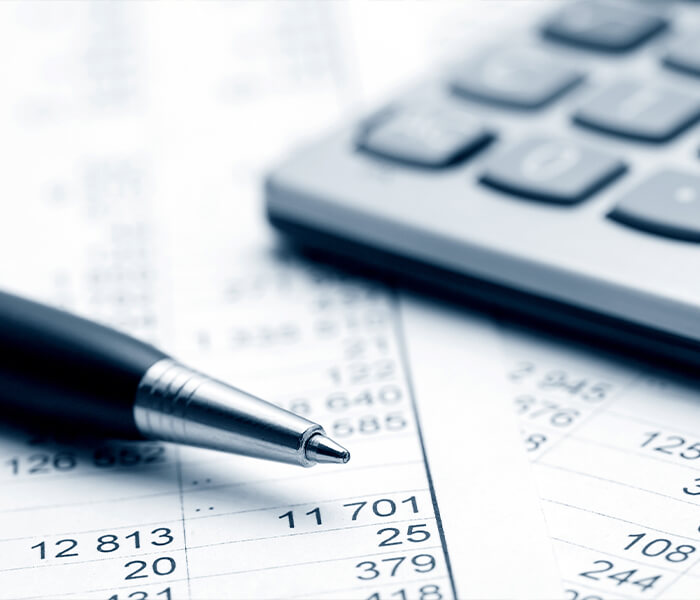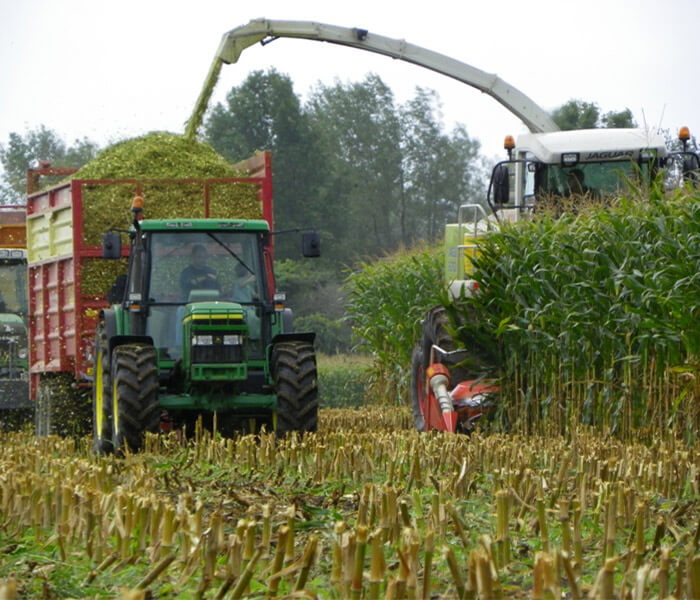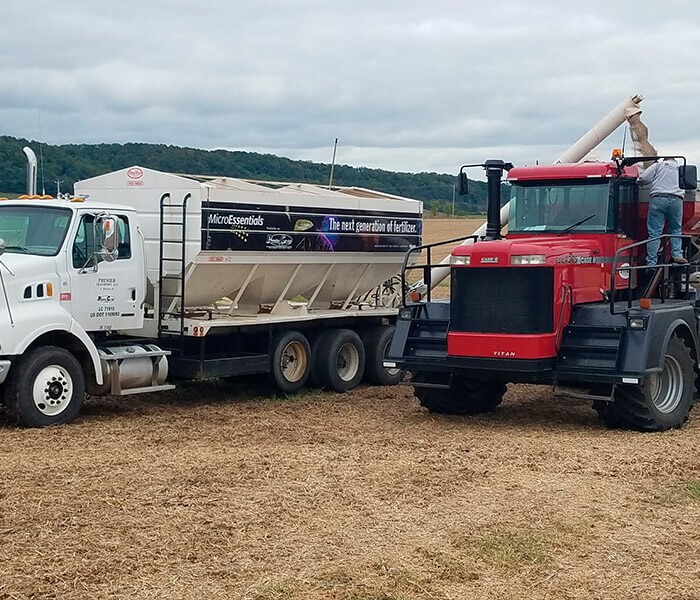Prepping for silage success.
Corn silage season is knocking at the door and it’s time to start preparing to put up the best possible silage you can for the upcoming year. Between get the chopper set, processor in, opening fields and getting the silage in at the correct moisture, there is a lot that can go wrong. That’s why it’s in you best interest to equip yourself with the best tools, people, and information needed before heading to the field.
When going though the chopper you will want to determine the proper length of cut. If the chopper has a processor, you will likely want a 3/4” to 7/8” Theoretical Length of Cut. Once going you will want to do a Kernel Processing Score to make sure all kernels are getting processed. If they are not, it is an indicator to tighten the rolls to improve kernel processing. If this does not help or the rolls are as tight as they go, it might be time to replace the rolls. If the chopper doesn’t have a processor, likely a 3/8” Theoretical Length of Cut and taking the silage as immature as the silo will take it will help get the processing needed to break the kernels up. Kernel processing is essential for capitalizing on the grain coming from the silage.
Moisture is the next critical step in putting up good silage for the year. Moisture level can determine how well the silage can be packed, if heating will occur, and overall digestibility of the silage. The ideal time to start taking silage is when overall plant moisture is around 70% and finishing before it gets down to 63%. Once the silage gets under 63% moisture, starch digestibility and NDFd digestibility starts to go down. It also doesn’t pack as well and can cause heating. If heating occurs, it can lead to the loss of nutrients in the silage and may need to be made up with other on farm or most likely purchased feedstuffs. If the corn plant is drier than 63% moisture, shorten the length of cut or increase the degree of processing to prevent sorting of stalks.
Lastly, applying a research proven inoculant that allows quick fermentation and feed stability at feed out. When choosing an inoculant, make sure to choose one with a Buchneri. An inoculant containing Buchneri starts producing acetic acid earlier in ensiling to help with aerobic stability. This allows for less dry matter loss during fermentation, better feed at feedout, and less heating at the silo face and in the bunk. Keeping feed from heating preserves the loss of nutrients and can help keep intakes up even in the heat of the summer.
When it comes to your silage this year, make sure to take the proper steps in putting up the best possible silage you can for the upcoming year. This can be done by adjusting your Theoretical Length of Cut, adjusting the feed rolls on the processor, picking the optimal time to start harvesting the silage for the best possible moisture and applying a research proven inoculant. These few steps can play a major role in the profitability of your operation over the next year. Taking the time to implement these steps will help ensure a successful upcoming silage season. Reach out to your local Premier nutritionist for any assistance this silage season.
Craig Wagner
Livestock Nutritionist




